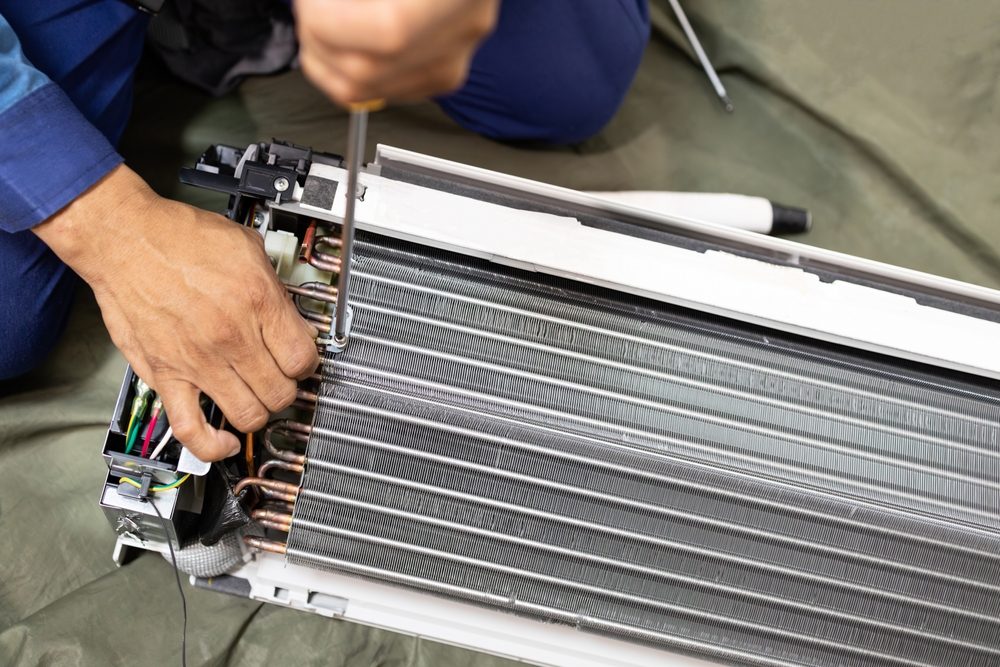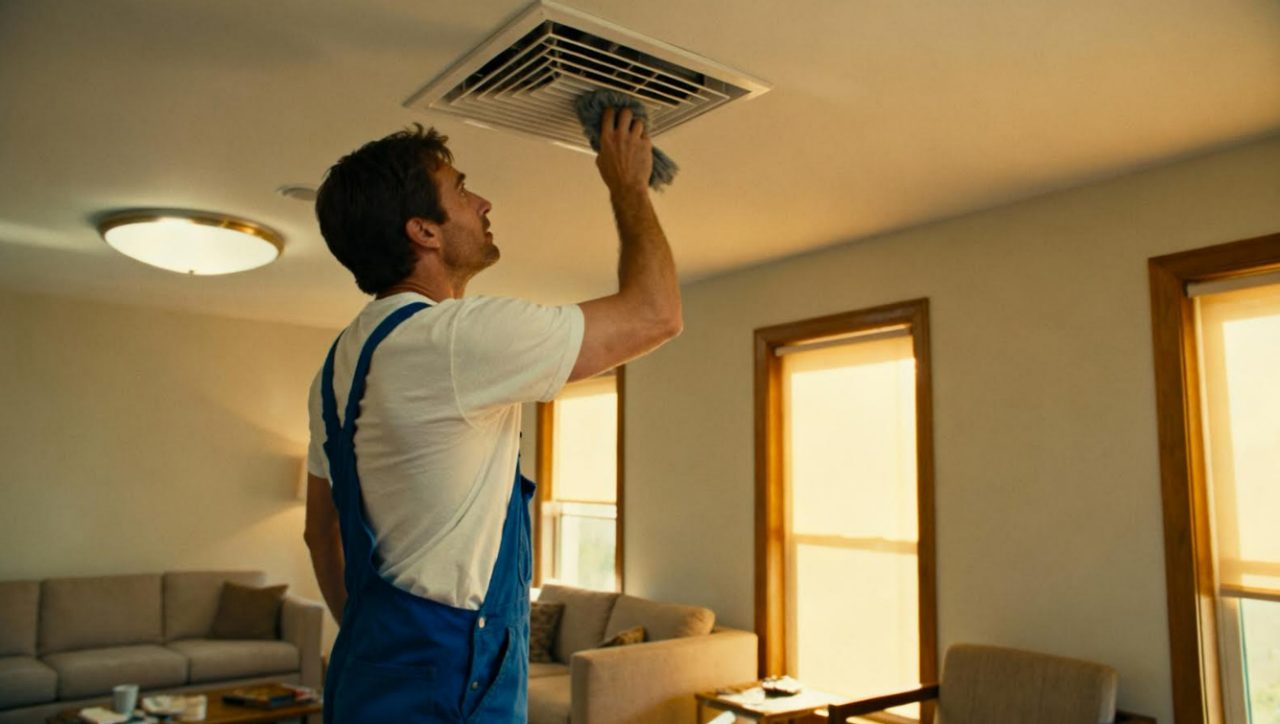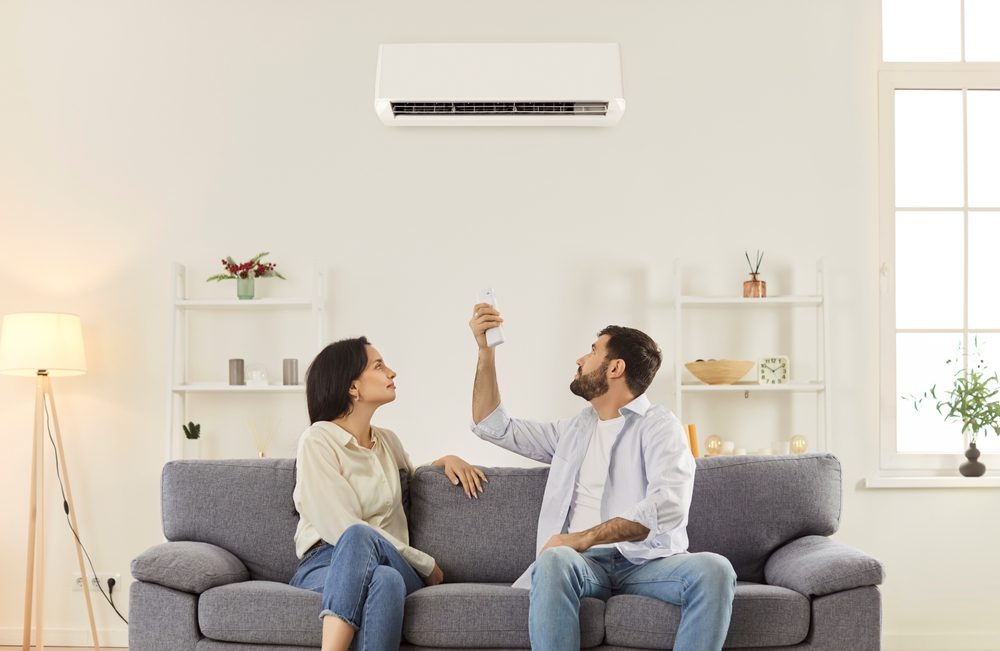
Evaporator coils are at the heart of every cooling system – and they do a very important task. If they’re functioning properly, they help your system deliver consistent performance but when they develop faults suddenly you have problems with both airflow and humidity control. On top of that, you may notice your energy bills increase. So it’s critical to really understand exactly how evaporator coils work along with the common issues that tend to come up with them. In addition, it’s important to be informed about the kind of costs you might incur if you need to replace them.
The evaporator and condenser coils market reached $3.11bn in 2023 and is projected to grow at a CAGR of more than 4.9% from 2024 to 2032. Analysts put this increase down to increased urban development and industrial activity both of which fuel demand for HVAC systems – this in turn supports market growth for these coils. So as residential, commercial, and industrial construction continues to rise, so will the requirement for high-efficiency HVAC components.
Daikin has a wide range of HVAC coils for various heating and cooling requirements. Our products include everything from efficient evaporator coils to cooling coils that save energy, as well as high performance steam and booster coils. In this article, we will discuss what you need to know when it comes to evaporator coils, how exactly they work, and how to deal with common problems that may arise. So let’s get started.
Evaporator coils explained: How they work, common problems, and replacement costs
Let’s start with the basics. Evaporator coils are responsible for absorbing heat from your indoor air. The process works as follows: warm air passes over the cold refrigerant circulating through the coil, then heat is extracted and humidity reduced before the cooled air is returned to your living space.
This process is right at the centre of the refrigeration cycle so any problems with coil performance will have a knock-on effect on the entire system. So it’s important to understand how these coils work and what problems to watch out for.
How evaporator coils work
You will usually find the evaporator coil inside the air handler or attached to the furnace if the system combines heating and cooling. It looks like a series of metal tubes arranged in a panel or ‘A-coil’ formation. It will be surrounded by aluminium fins which maximise surface contact with the passing air.
Let’s break down the process in more detail:
Heat absorption: With the HVAC system running, warm indoor air is drawn into the air handler and then directed over the evaporator coil. Meanwhile, inside the coil, cold refrigerant is circulating.
Refrigerant evaporation: The refrigerant absorbs heat from the air and then evaporates into a gas. This process is what enables the system to pull heat out of your home.
Cooled air distribution: Once the heat has been removed, the air which is now cool is pushed back through the ductwork and into your rooms.
Refrigeration cycle continuation: At this point, the refrigerant is now a warm vapour. It travels to the condenser coil outside where the heat is released and the refrigerant is returned to a liquid state. It then cycles back to the evaporator to repeat the process.
Common evaporator coil problems
All coils have the potential to develop issues, so understanding the most common problems is very helpful. If you can identify symptoms as early as possible you can prevent future damage that will be more costly. Let’s look at these problems in more detail:
Refrigerant leaks: This is one of the most frequent issues. It happens because coils are made out of copper tubing so they are vulnerable to tiny leaks caused by corrosion or vibration. When refrigerant levels are low it forces the system to work harder which reduces performance.
Frozen coils: A coil might freeze when airflow is restricted or refrigerant levels drop. If the coil becomes too cold, moisture freezes along the fins and creates a layer of ice that blocks heat transfer. If this is not fixed the ice can damage the coil and the compressor.
Dirt and debris buildup: Dust, pet hair, and other debris can accumulate on the coil’s fins making the system struggle to absorb heat. This forces the compressor to work harder and increases energy use.
Corrosion: This is a common long-term issue. Chemical exposure, moisture, and contaminants can gradually degrade the coil’s metal surfaces which weakens the structure and increases the likelihood of leaks.
Airflow restrictions: Anything that reduces airflow can disrupt heat absorption and cause coil temperature imbalances. Restricted airflow often leads to freezing and increased strain on the system.
Evaporator coil replacement costs
Replacing an evaporator coil is a major repair, and the cost can vary considerably depending on the type of system you have and how difficult it is to access and install the new component.
There are a number of factors which influence the final price. These include the different coil designs which can vary in complexity and manufacturing cost. The size of the system plays a part because larger systems need bigger coils and use more advanced materials. Labour costs depend on how easy it is for a technician to reach and remove the old coil. Keep in mind that tightly integrated systems can take longer to work on, as can systems which are located in spaces that are difficult to reach. Also, the type of refrigerant used in your system can impact the cost.
In many cases, replacement is a more sensible solution than repair. A leaking or heavily corroded coil often signals there is a bigger issue at hand that a quick fix won’t solve. So replacement is often the more practical choice, particularly if the coil is over ten years old. If there are multiple leaks or very advanced corrosion then again it may also be wiser to replace the coil.
FAQs about evaporator coils
How long do evaporator coils typically last?
You will find that about 10 to 15 years is about average for an evaporator coil lifespan. However, it does depend how well it’s been maintained as well as the conditions in which it’s been operating.
What are the signs that my evaporator coil is failing?
The main things to watch out for are reduced cooling performance or warm air blowing from the vents. You may also hear strange noises, notice refrigerant leaks. In addition, there could be an increase in indoor humidity or even ice building up on the coil.
Can a dirty evaporator coil reduce cooling efficiency?
Yes. Dirt can stop heat transfer which forces the system to run longer. This means increased energy use.
About Daikin
Evaporator coils play a central role in delivering consistent, efficient cooling by absorbing heat from indoor air and supporting smooth system performance. Daikin’s evaporator coil solutions are engineered to maximise heat transfer, reduce noise, and enhance overall energy efficiency.
Supported by a global team of more than 100,000 professionals, Daikin remains a leader in reliability and innovation across residential, commercial, and industrial HVAC systems.



